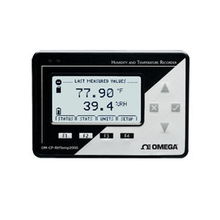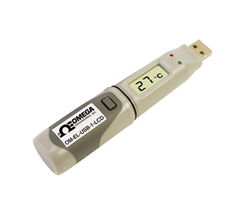
Understanding Temperature: A Comprehensive Guide for You
Temperature is a fundamental concept that affects every aspect of our lives. Whether you’re planning a vacation, cooking a meal, or simply trying to stay comfortable in your home, understanding temperature is crucial. In this article, we will delve into the various dimensions of temperature, providing you with a detailed and informative guide.
What is Temperature?

Temperature is a measure of the average kinetic energy of the particles in a substance. In simpler terms, it’s a measure of how hot or cold something is. The unit of temperature is the Kelvin (K), which is the absolute temperature scale. However, Celsius (掳C) and Fahrenheit (掳F) are more commonly used in everyday life.
Temperature Scales

There are three main temperature scales: Celsius, Fahrenheit, and Kelvin. Here’s a brief overview of each:
| Temperature Scale | Symbol | Conversion Formula |
|---|---|---|
| Celsius | 掳C | F = (掳C 脳 9/5) + 32 |
| Fahrenheit | 掳F | 掳C = (掳F – 32) 脳 5/9 |
| Kelvin | K | 掳C = K – 273.15 |
As you can see, the Celsius and Fahrenheit scales are directly related, while the Kelvin scale is an absolute scale, starting at absolute zero (-273.15掳C or -459.67掳F), which is the lowest possible temperature.
Factors Affecting Temperature

Several factors can influence temperature, including:
-
Altitude: As you move higher in the atmosphere, the temperature generally decreases.
-
Latitude: The closer you are to the equator, the warmer it is, while the poles are generally colder.
-
Time of Year: The Earth’s tilt causes seasonal variations in temperature.
-
Wind: Wind can affect temperature by carrying warm or cold air from one place to another.
-
Water Bodies: Large bodies of water, like oceans and lakes, can moderate temperatures in their vicinity.
Applications of Temperature
Temperature has numerous applications in various fields:
-
Science: Temperature is a key factor in understanding the behavior of matter and the laws of physics.
-
Engineering: Temperature is crucial in designing and building structures, such as bridges and buildings, that can withstand extreme conditions.
-
Medicine: Temperature plays a vital role in diagnosing and treating diseases, as well as in understanding the human body’s functions.
-
Environmental Science: Temperature is a critical factor in studying climate change and its impact on ecosystems.
Measuring Temperature
There are various methods to measure temperature, including:
-
Thermometers: These devices use different principles, such as mercury expansion, alcohol expansion, or electronic sensors, to measure temperature.
-
Thermocouples: These devices generate a voltage proportional to the temperature difference between two junctions.
-
Infrared Sensors: These devices detect the infrared radiation emitted by an object to determine its temperature.
Conclusion
Temperature is a complex and fascinating concept that plays a crucial role in our lives. By understanding the various dimensions of temperature, you can better appreciate its importance and applications. Whether you’re a scientist, engineer, or simply someone interested in the world around you, this guide will help you gain a deeper understanding of temperature.




